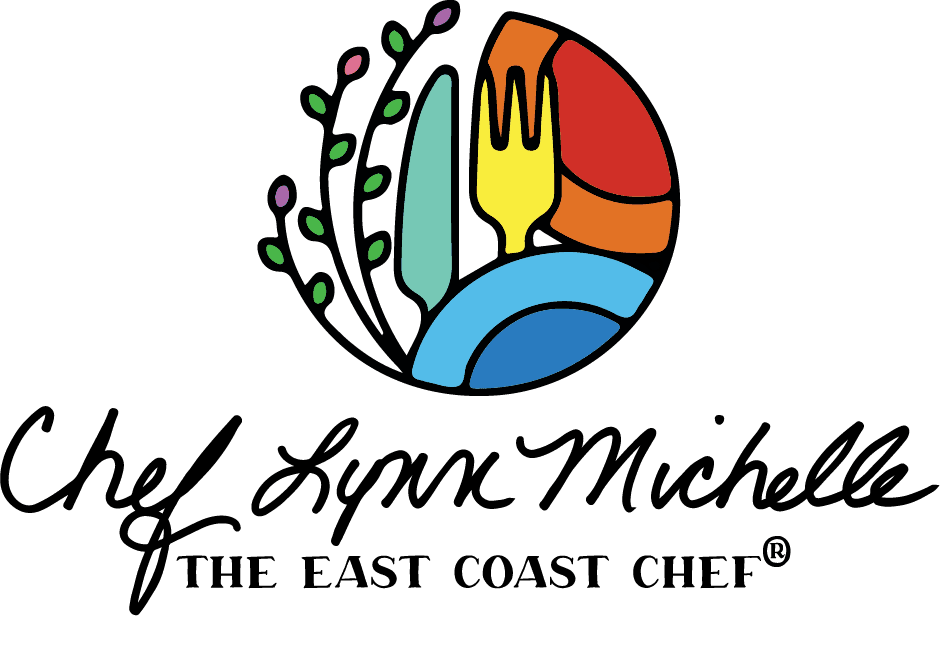Slice, dice, chop, or mince: most recipes begin with at least one of these verbs. That’s why few skills define a great cook more than knowing how to cut food safely and efficiently. Do 30-minute recipes turn into an hour-long event because your lack of knife skills is slowing you down? And even if you can chop carrots and potatoes at lightning speed, are you making uniform cuts? If your answer is no, then you’re in luck: we’re about to teach you the skills you need to wield a blade with confidence.
Start With a Great Knife
Kitchen knives are the most important cooking tools you will ever own. Choosing the right set for your diet, cooking style, and wrist strength is key to making precise and effortless cuts, no matter what you’re cooking for dinner.
Here are Chef Lynn Michelle’s favorite knives, which are a good fit for every level of cook.
- Zwilling knives are manufactured in Germany and are made from a special formula of carbon instead of stainless steel which makes for a more resilient blade.
- Wüsthof steak knives are ideal for making smooth, clean cuts through any slice of meat. Each blade is forged from a single piece of stainless steel for maximum durability.
- Viking knives are made with hollow wooden handles for superior grip, balance, and texture. From paring knives to a carving knife, this set has everything you need to cook a full meal.
- Shun knives are named after a Japanese word referring to a food’s peak ripeness. These blades are crafted using tungsten for a sharper edge, chromium for corrosion resistance, and carbon for increased durability.
- Opinel knives are made from anti-corrosive steel and beechwood from France. These knives come in a variety of shapes and sizes for specialty cuts.
Get a Grip
Instead of wrapping your hand around the entire knife handle, try placing the palm of your hand on the handle while the thumb and index finger grip the top of the blade. The chef’s grip has evolved that way for a reason: it’s the best way to use the weight of the knife, the sharpness of its blade, and the strength of your arms to make precise cuts.
Your non-knife hand, or the guiding hand, keeps the food from sliding around on the cutting board. But with the blade quickly moving up and down, you need to keep your fingers safe. Use the claw grip by keeping your fingers curled inward while gripping the food with your fingernails. The side of the knife should rest against the knuckles of your guiding hand and you gently slide the food towards the blade.
Make the Cut
- Slicing is pretty straightforward. The key is to make equally-sized cuts so all of your ingredients cook evenly. A mandoline or food processor usually works fine for this, especially if you are cooking for a lot of people and need a large amount.
- If the recipe calls for chopped ingredients, then the pieces do not need to be terribly precise. The goal is to cut the food into small bits.
- Dicing is different. If a recipe called for diced, say, potatoes, then your job is to cut them into evenly-sized cubes. A small dice is about ¼ inch, a media dice is about ½ inch, and a large dice is about ¾ inch.
- Mincing is something recipes often ask you to do with garlic, herbs, or other aromatics that should be spread throughout the dish. Like chopping, the goal is to break the food down into small bits, but the cuts should be tight, tiny, and made almost at random. The fun part about mincing is it’s hard to do it wrong.
They say food brings people together, which is especially true when East Coast Chef® is in the kitchen.
Spend more time at the table together when you invite Chef Lynn Michelle to cook for your family. She’ll prepare restaurant-quality meals in your vacation rental’s kitchen according to your tastes and preferences. Give her a call at 843-422-5480 or click here to book your next meal.
